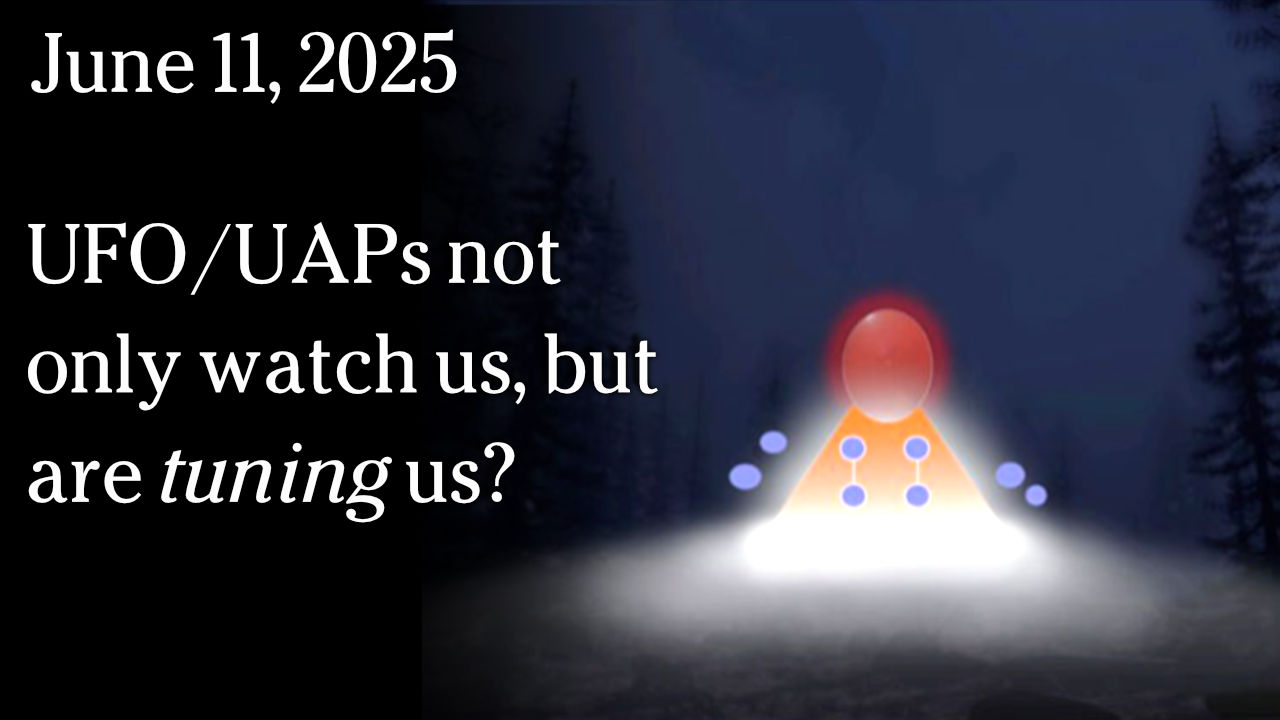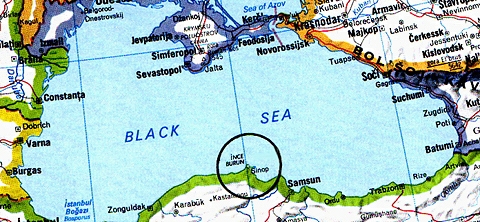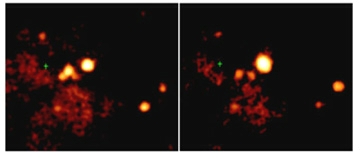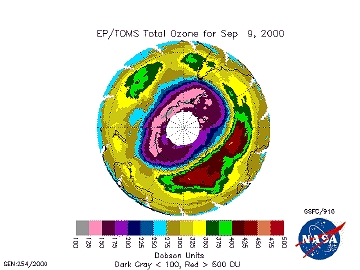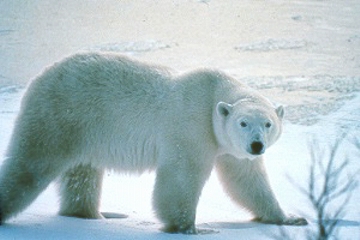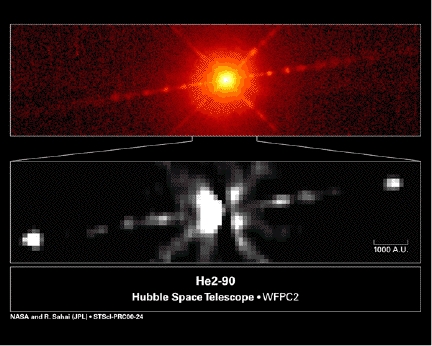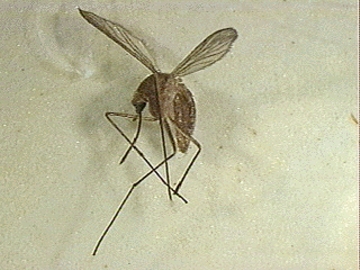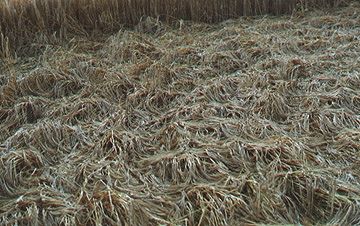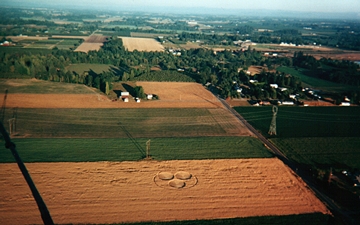
September 24, 2000 Atlanta, Georgia - Last week, epidemiologists from around the United States gathered in Atlanta with Center for Disease Control officials to come up with a plan to cope with the possibility of a worldwide flu epidemic. New flu strains emerge every thirty to forty years on average. The last major one was the Hong Kong flu in 1968, thirty-two years ago. So health officials are afraid the stage is set for another major influenza epidemic, or pandemic. The 1968 flu killed about 34,000 Americans.
Click here to subscribe and get instant access to read this report.
Click here to check your existing subscription status.
Existing members, login below:



